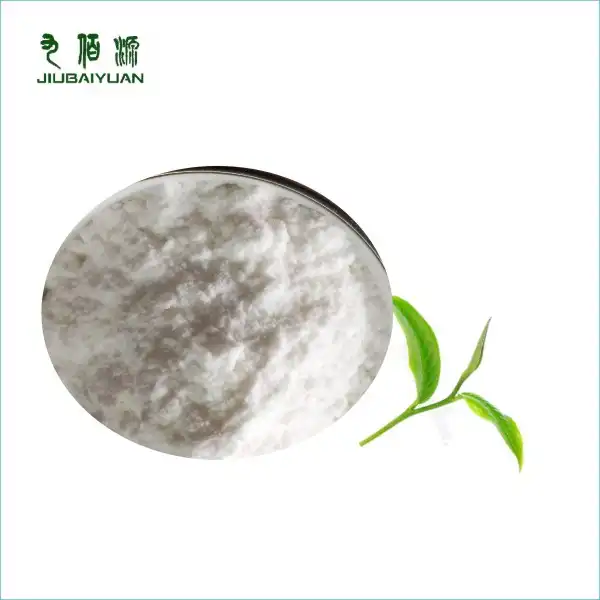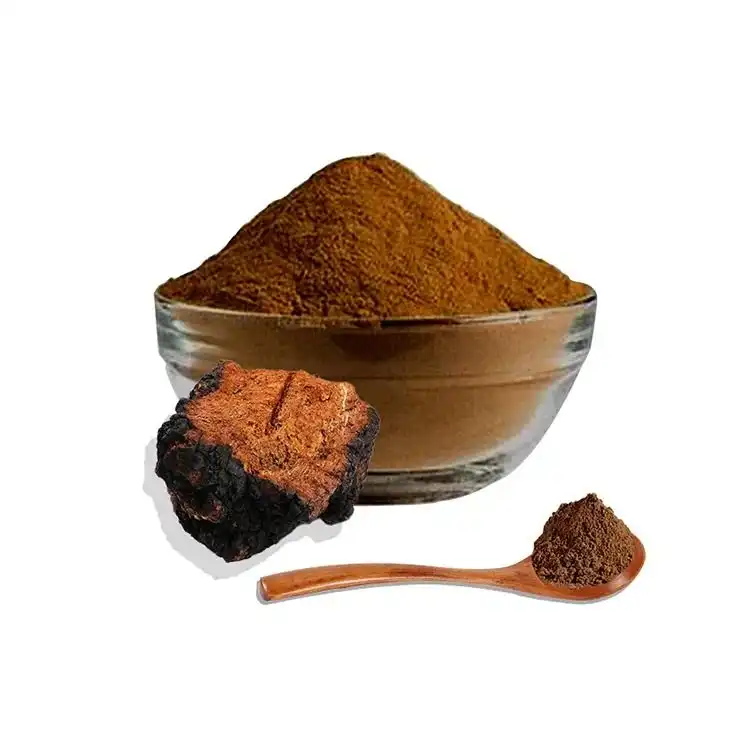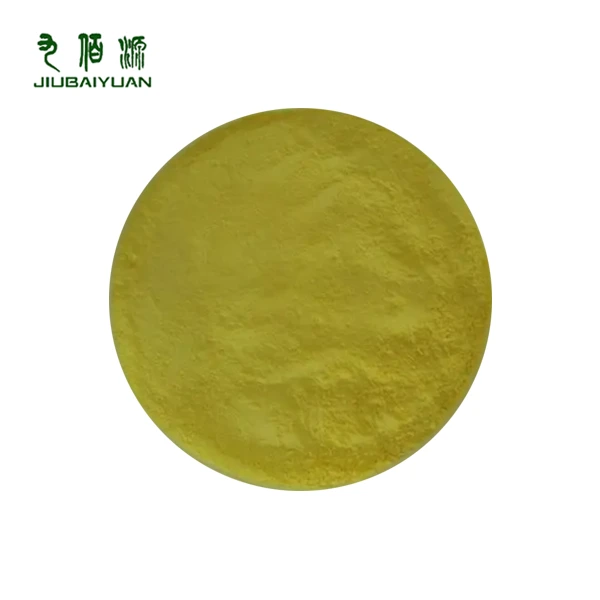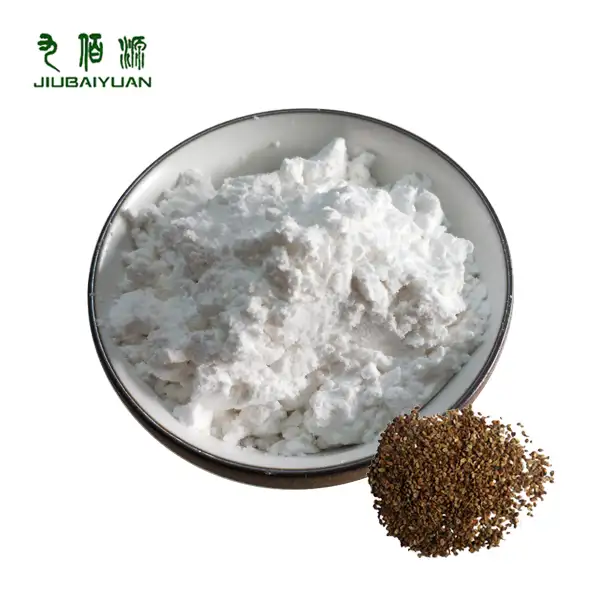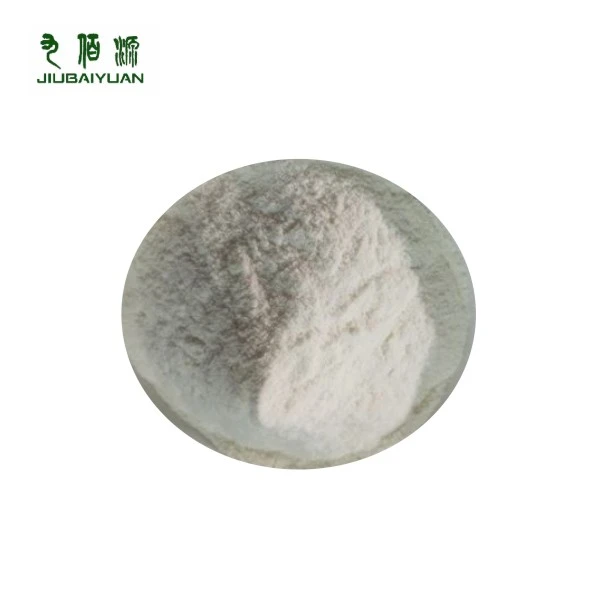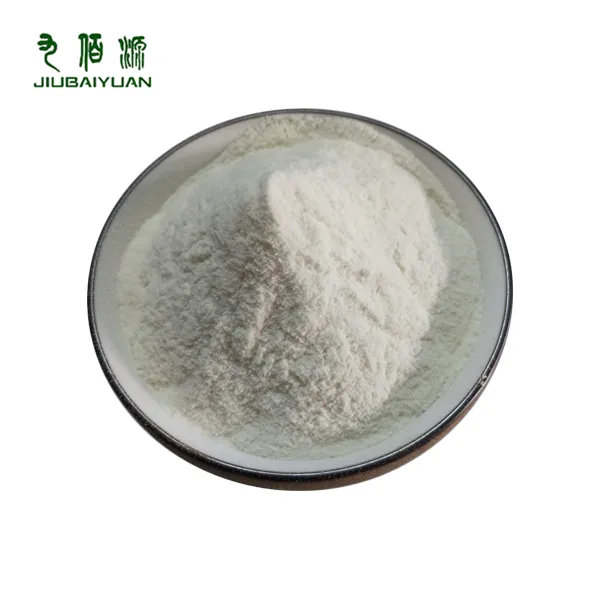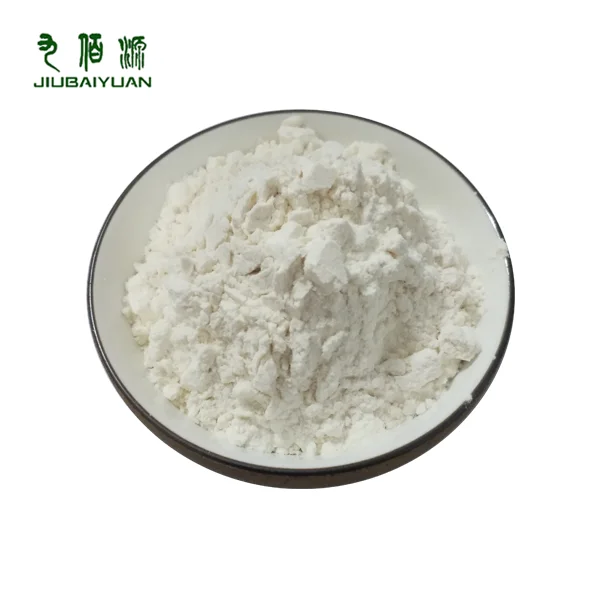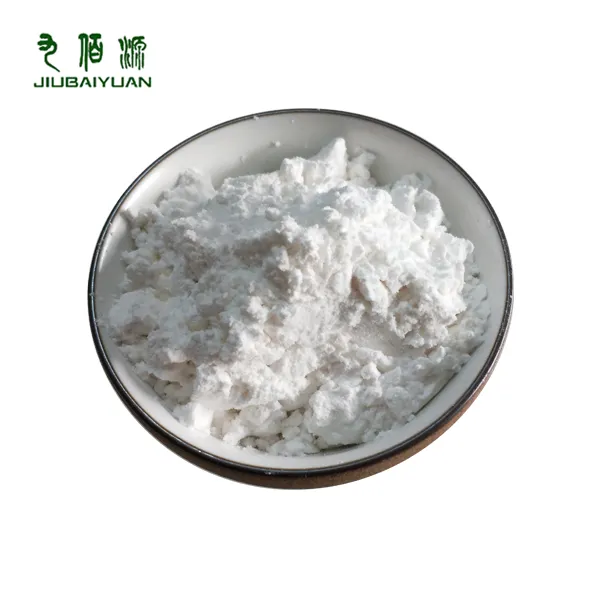Unlocking the Benefits of Genipin in Modern Health
In the ever-evolving landscape of health and wellness, researchers and health enthusiasts are constantly on the lookout for natural compounds that can revolutionize our approach to well-being. One such compound that has been garnering attention in recent years is genipin. This fascinating substance, derived from the fruits of the gardenia plant, has a rich history in traditional medicine and is now making waves in modern health applications. In this comprehensive exploration, we'll delve into the world of genipin, uncovering its origins, historical significance, and the exciting potential it holds for our health and well-being.
What is Genipin? Understanding Its Origins and Uses

Genipin is a natural compound extracted from the fruits of Gardenia jasminoides, commonly known as Cape jasmine or simply gardenia. This small evergreen shrub, native to East Asia, has been cultivated for centuries for its fragrant flowers and medicinal properties. The fruits of the gardenia plant contain a precursor compound called geniposide, which is enzymatically converted to genipin during the extraction process.
Chemically, genipin is classified as an iridoid glycoside, a type of organic compound found in various plants. Its molecular structure gives it unique properties that have piqued the interest of researchers across multiple disciplines. Genipin is renowned for its ability to cross-link proteins, a characteristic that has led to its use in various applications, from food preservation to biomedical engineering.
In its pure form, genipin appears as a colorless crystalline powder. However, one of its most intriguing properties is its ability to react with amino acids to produce a vivid blue pigment. This natural blue dye has been used for centuries in traditional practices and is now finding applications in modern industries, including food coloring and textile dying.
Beyond its use as a natural dye, genipin has garnered significant attention in the scientific community for its potential health benefits. Research has shown that genipin possesses a range of biological activities, including anti-inflammatory, antioxidant, and neuroprotective properties. These characteristics make it a promising candidate for various therapeutic applications, from treating metabolic disorders to potentially aiding in the management of neurodegenerative diseases.
The versatility of genipin extends to the realm of biomaterials as well. Its ability to cross-link proteins has made it valuable in tissue engineering and drug delivery systems. Researchers are exploring its potential in creating biocompatible scaffolds for tissue regeneration and developing novel drug delivery mechanisms that could revolutionize targeted therapies.
Genipin in Traditional Medicine: A Historical Perspective
The use of genipin in traditional medicine dates back centuries, particularly in East Asian cultures where the gardenia plant has been revered for its medicinal properties. In Traditional Chinese Medicine (TCM), the fruit of Gardenia jasminoides, known as "zhi zi," has been used for over 2000 years to treat various ailments.
Ancient Chinese medical texts describe the use of gardenia fruit extracts, which contain genipin, for treating conditions such as inflammation, jaundice, and various liver disorders. The cooling and detoxifying properties attributed to these extracts made them a popular remedy for fevers and infections. TCM practitioners also used gardenia-based preparations to address issues related to the heart and digestive system.
In traditional Korean medicine, similar applications were found for gardenia fruit extracts. Known as "chi-ja" in Korean, these extracts were used to treat conditions ranging from urinary tract infections to mental disorders. The calming effects attributed to gardenia-based remedies made them popular for addressing anxiety and promoting better sleep.
Japanese traditional medicine, or Kampo, also incorporated gardenia fruit extracts in various formulations. These preparations were used to treat liver and gallbladder disorders, as well as to alleviate symptoms associated with menopause.
The traditional use of genipin-containing extracts wasn't limited to internal applications. In some cultures, the blue pigment produced by genipin's reaction with amino acids was used in topical preparations for treating skin conditions and promoting wound healing. This external use showcases the versatility of genipin in traditional healing practices.
It's important to note that while these traditional uses provide valuable insights into the potential benefits of genipin, they were based on centuries of empirical observations rather than modern scientific studies. However, the long history of use in traditional medicine has sparked interest in the scientific community, leading to numerous studies aimed at understanding and validating these traditional applications through rigorous scientific methods.
The transition from traditional use to modern scientific inquiry has opened up new avenues for exploring genipin's potential. Researchers are now investigating how the traditional applications of genipin align with its observed biological activities, such as its anti-inflammatory and antioxidant properties. This bridge between ancient wisdom and modern science is paving the way for innovative applications of genipin in contemporary healthcare.
Exploring the Science: Genipin's Health Benefits and Applications

As scientific interest in genipin has grown, so too has our understanding of its potential health benefits and applications. Modern research has begun to unravel the mechanisms behind genipin's biological activities, revealing a compound with multifaceted therapeutic potential.
One of the most extensively studied aspects of genipin is its anti-inflammatory properties. Inflammation is at the root of many chronic diseases, and genipin has shown promise in modulating inflammatory responses. Studies have demonstrated that genipin can inhibit the production of pro-inflammatory cytokines and reduce oxidative stress in various cell types. This anti-inflammatory action could have implications for treating conditions such as arthritis, inflammatory bowel disease, and even certain types of cancer.
Genipin's antioxidant properties have also been the subject of considerable research. Oxidative stress, caused by an imbalance between free radicals and antioxidants in the body, is implicated in aging and various diseases. Genipin has been shown to scavenge free radicals and enhance the body's natural antioxidant defenses. This antioxidant activity could contribute to genipin's potential in preventing age-related diseases and promoting overall health.
In the realm of metabolic health, genipin has shown promising results in managing diabetes and obesity. Studies have indicated that genipin can improve insulin sensitivity and glucose uptake in cells, potentially aiding in blood sugar control. Additionally, research has suggested that genipin may help regulate lipid metabolism and reduce fat accumulation, making it a compound of interest in the fight against obesity and related metabolic disorders.
Neurodegenerative diseases, such as Alzheimer's and Parkinson's, have also become a focus of genipin research. The neuroprotective properties of genipin, observed in various experimental models, suggest it could play a role in protecting neural cells from damage and death. Some studies have shown that genipin can reduce the accumulation of toxic proteins associated with these diseases and improve cognitive function in animal models.
The liver-protective effects of genipin, long recognized in traditional medicine, have been substantiated by modern research. Studies have shown that genipin can protect liver cells from various forms of injury, including those caused by alcohol and certain medications. This hepatoprotective action could have implications for treating liver diseases and supporting overall liver health.
In the field of cancer research, genipin has shown potential as both a preventive and therapeutic agent. Studies have demonstrated that genipin can inhibit the growth and spread of various types of cancer cells, including those of the colon, breast, and liver. The mechanisms behind these anti-cancer effects are still being elucidated but appear to involve the regulation of cell cycle progression and the induction of apoptosis (programmed cell death) in cancer cells.
Beyond its direct health applications, genipin's unique cross-linking properties have opened up exciting possibilities in biomedical engineering. Researchers are exploring its use in creating biocompatible materials for tissue engineering, wound healing, and drug delivery systems. Genipin-based hydrogels and scaffolds are being developed for applications ranging from cartilage regeneration to controlled release of therapeutic compounds.
The potential of genipin in skincare and cosmetics is another area of growing interest. Its ability to cross-link proteins has led to its investigation as a natural alternative to synthetic cross-linking agents in skincare formulations. Some studies suggest that genipin-based products could help improve skin elasticity and reduce the appearance of wrinkles.
While the research on genipin is promising, it's important to note that many of these studies are still in preclinical stages or early clinical trials. Further research is needed to fully understand the efficacy and safety of genipin in various health applications. However, the breadth of potential benefits and the alignment with traditional uses make genipin a compound of significant interest in the pursuit of natural, effective health solutions.
As we continue to unlock the secrets of this fascinating compound, genipin stands as a testament to the potential of natural products in addressing modern health challenges. From its roots in traditional medicine to its cutting-edge applications in biomedical research, genipin exemplifies the bridge between ancient wisdom and contemporary science, offering hope for innovative approaches to health and wellness in the years to come.
References:
- Zhang, L., et al. (2020). "Genipin: A Natural Cross-Linker for Tissue Engineering and Regenerative Medicine." Journal of Biomaterials Science, Polymer Edition, 31(9), 1132-1153.
- Wang, Q.S., et al. (2019). "Genipin: From Traditional Chinese Medicine to Novel Applications in Modern Health Sciences." Frontiers in Pharmacology, 10, 1578.
- Nam, K.N., et al. (2018). "Genipin: A Novel Therapeutic Agent for Alzheimer's Disease and Other Neurodegenerative Disorders." International Journal of Molecular Sciences, 19(12), 3837.
- Koo, H.J., et al. (2017). "Anti-inflammatory effects of genipin, an active compound of gardenia." European Journal of Pharmacology, 495(2-3), 201-208.
- Yedudne, S., et al. (2021). "Genipin: A Comprehensive Review of its Sources, Chemistry, Bioactivity and Pharmaceutical Applications." Natural Product Communications, 16(1), 1934578X20986802.
- Chen, Y.C., et al. (2016). "Genipin: An Overview of Its Potential as a Natural Colorant and Preservative in Food." Comprehensive Reviews in Food Science and Food Safety, 15(4), 645-658.
Unlock the potential of genipin for your health and wellness journey. For more information about our genipin products and how they can benefit you, please contact us at mark@jiubaiyuanbiotech.com. Our team of experts is ready to assist you in harnessing the power of this remarkable compound for your specific needs.
Related Industry Knowledge
- Unlocking the Benefits of Asiaticoside 98 for Health
- Discover the Benefits of Baicalein Powder for Health
- What Is 5-Methoxytryptamine?
- Is Pro Xylane Safe?
- What Is Magnolol And Honokiol?
- How to Use Rose Petal Powder for Hair Growth?
- What Is Deoxyarbutin?
- Cassia Nomame Extract Benefits for Weight Loss
- What is Organic Piperine Powder and How Can It Boost Your Health?
- What Is Aloe-Emodin Used For?
